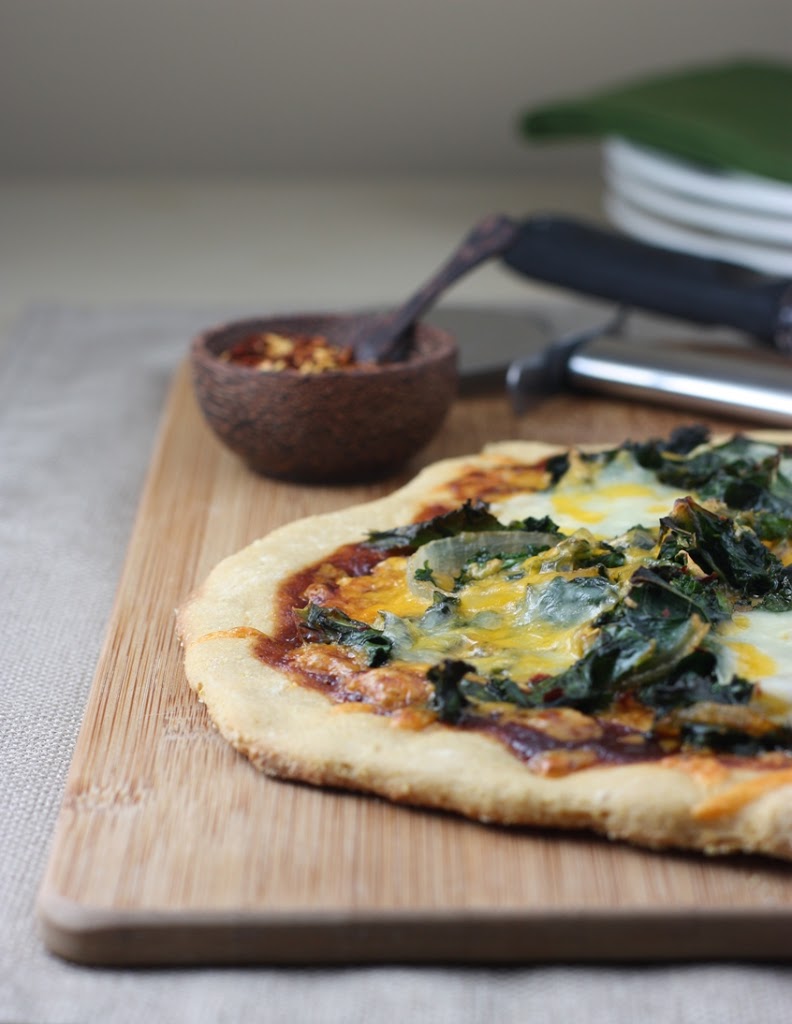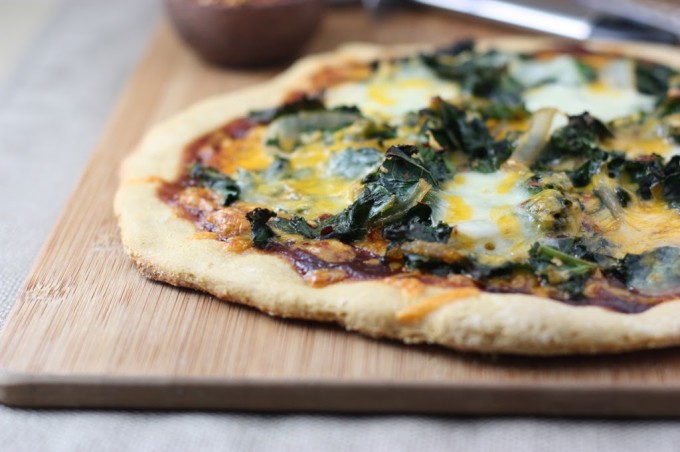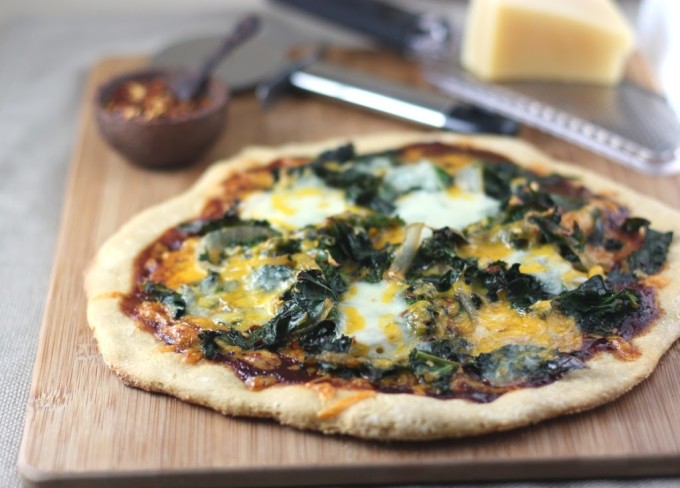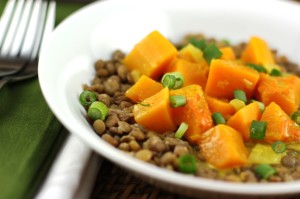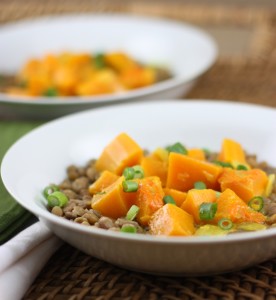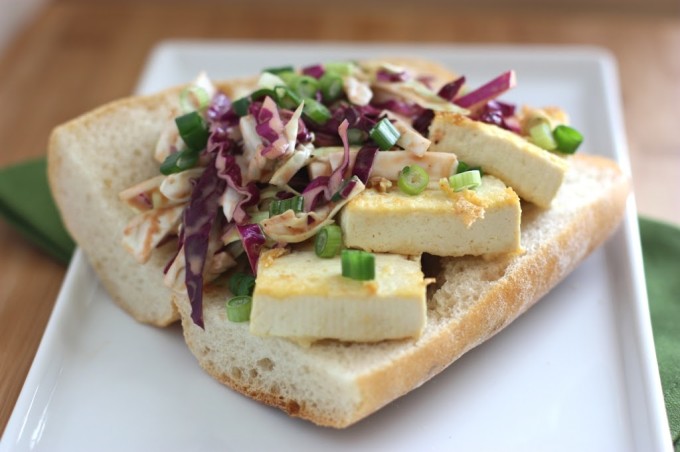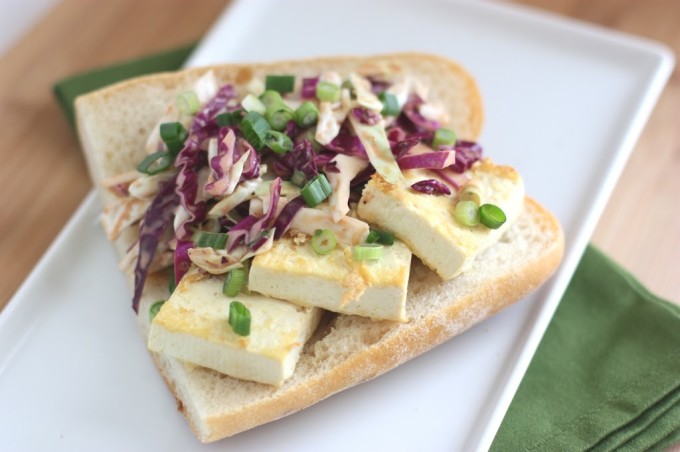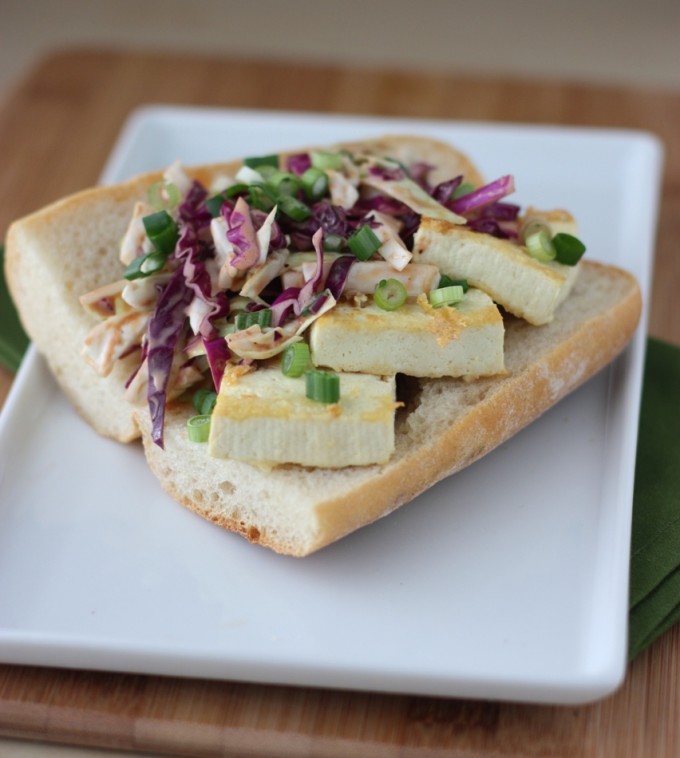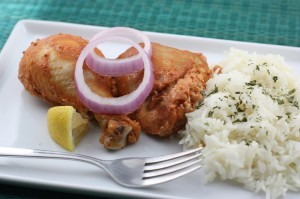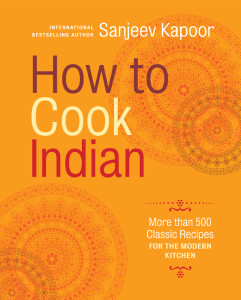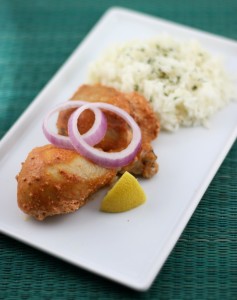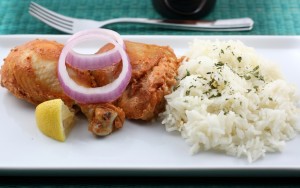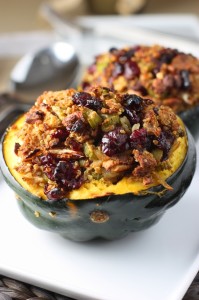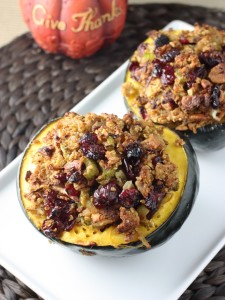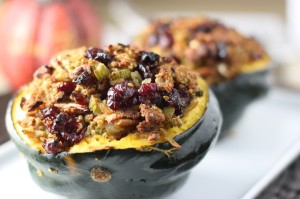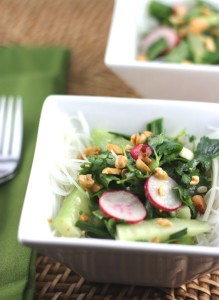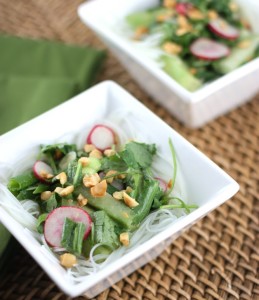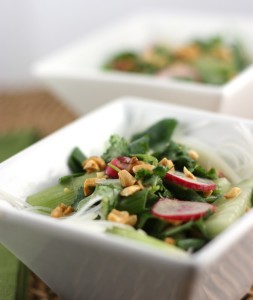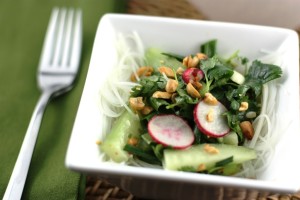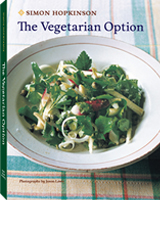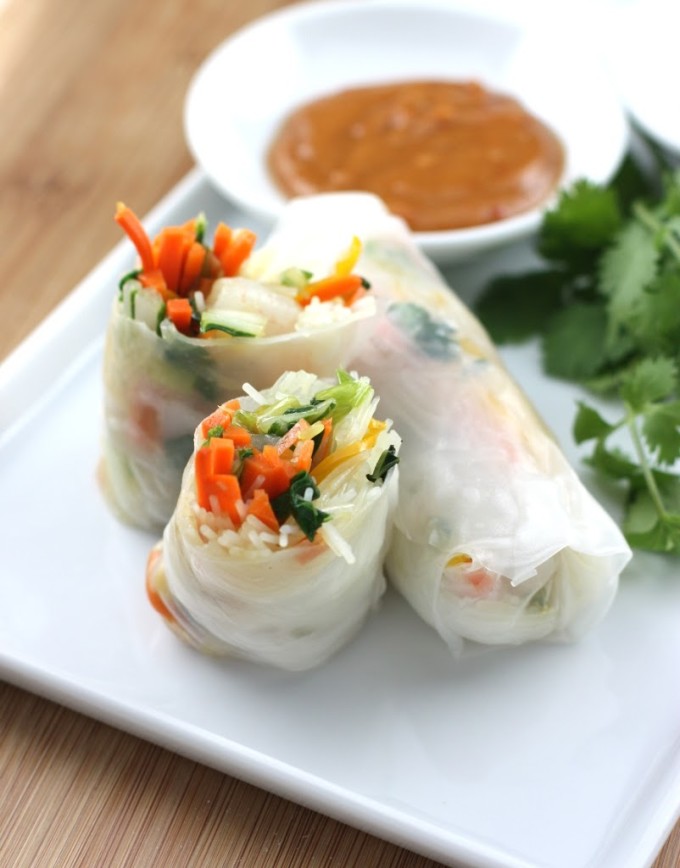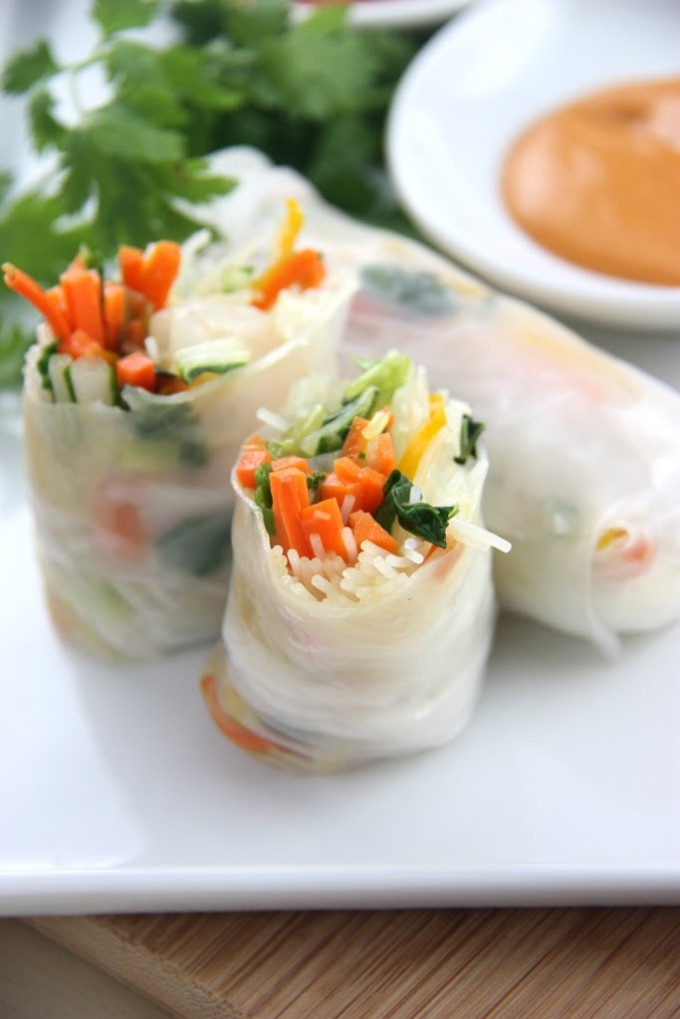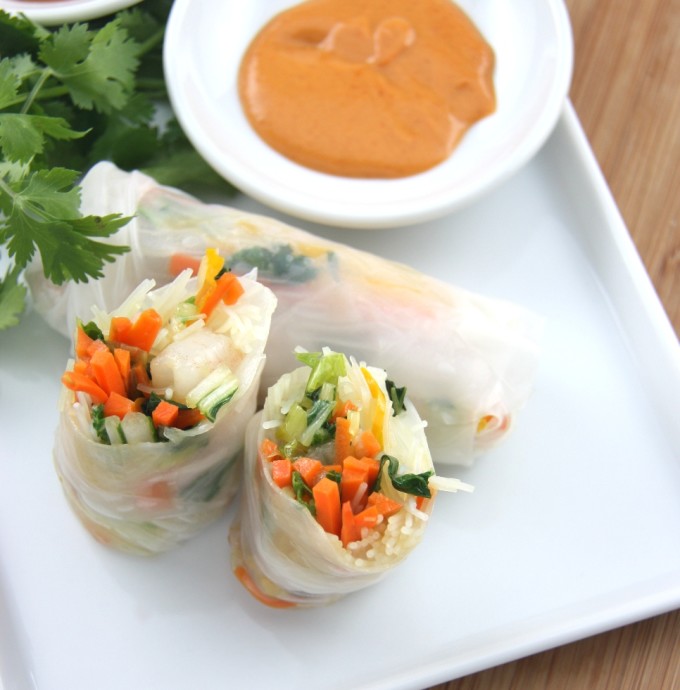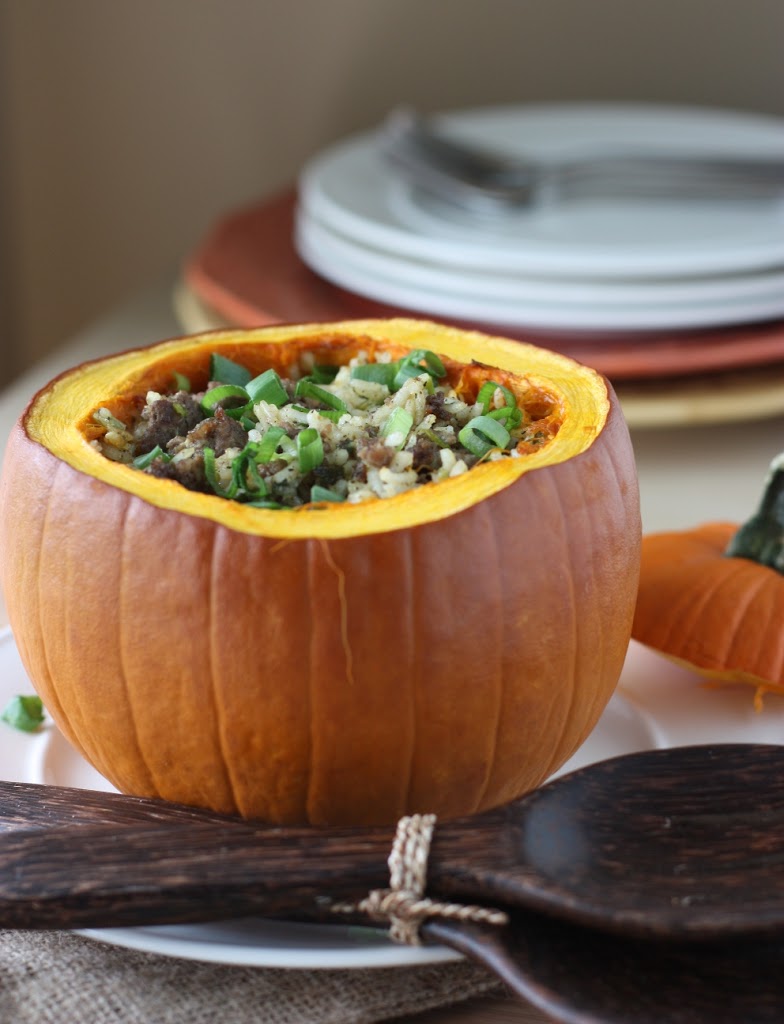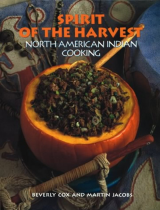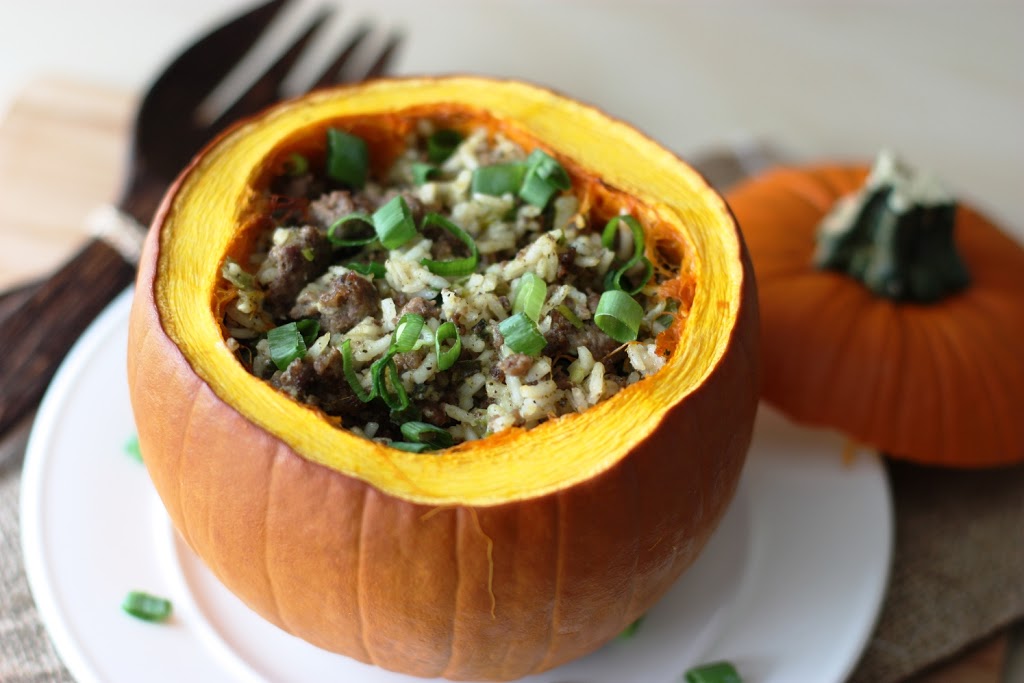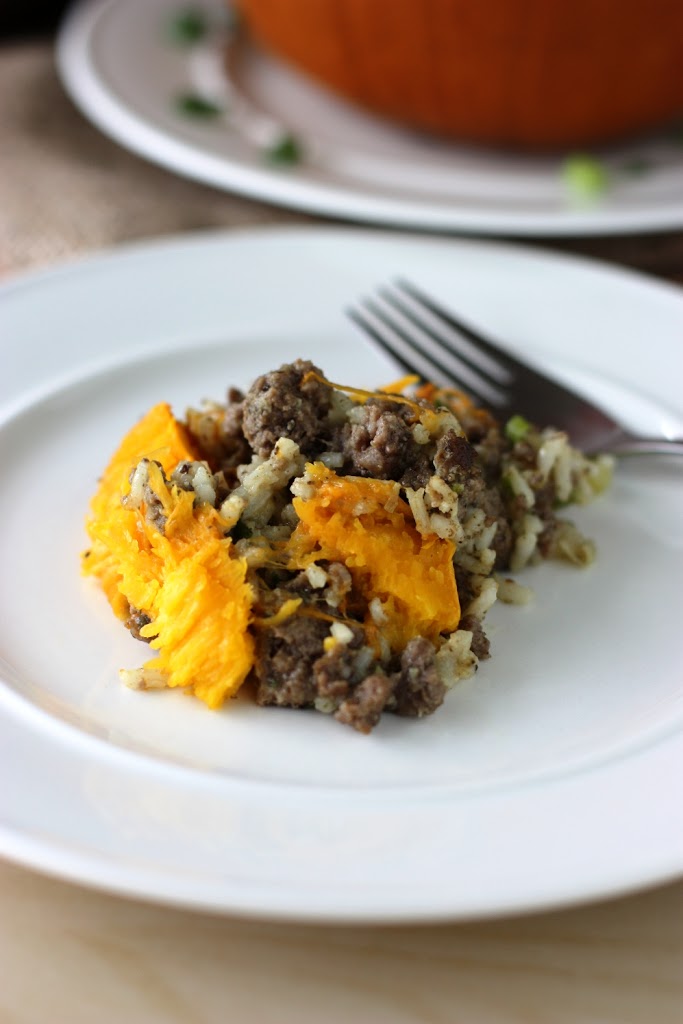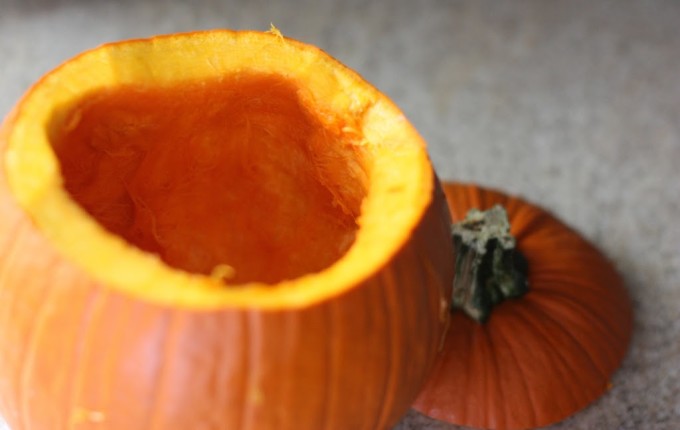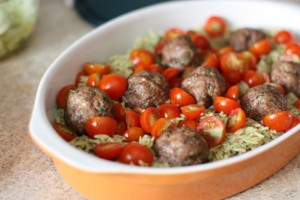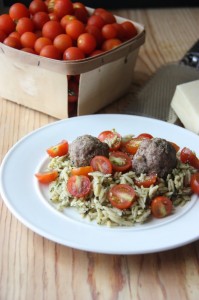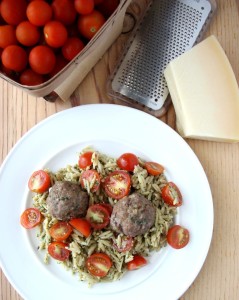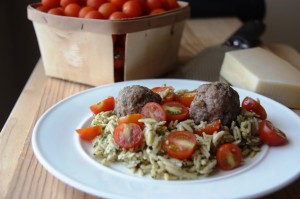This is the second in my series of Cookbooks for Christmas with the purpose of sharing a few gift ideas for the foodie in your life. Be sure to check out the review and recipe for my first post The Fundamental Techniques of Classic Bread Baking.
I’d estimate that about 75% of our meals each week are vegetarian which means I often find myself in a rut. Just the other night I was standing in the kitchen idea-less with a few winter vegetables in front of me and a couple options for grains to bulk them up.
Then just as I thought I would be swallowed in a boring, repetitive sea of vegetable stir-fry and rice, along comes this cookbook – The Vegetarian Option by Simon Hopkins accompanied by gorgeous photography by Jason Lowe.
This cookbook is perfect for the person who almost has the basics mastered and is ready to incorporate some more challenging and internationally-inspired combinations. The chapters are divided by vegetables such as Cauliflower & Broccoli, Cabbage & Chard, Spinach & Sorrel and Beets & Turnips.
The reader is greeted in each chapter with a bit about how to handle the vegetable in the kitchen and then turns the page to be awed by the final results. Most of recipes are filling enough for main courses or they can be used as side dishes. Fair warning if using them as a side dish, though. They might steal the show all together.
Just to give you a few examples of what you’ll find between the covers, for the adventurous there is New-crop Garlic Saffron & Tomato Quiche, Asian Fried Turnip Paste or Spinach Mousse with Parmesan Cream. If you are looking for some basics you will also find it full of simple, yet creative salads, stock recipes and condiments.
Personally, my eyes lit up when I saw the recipe for Asian Scallion, Radish & Cucumber Salad with Cashews & Vermicelli . You will rarely hear me use the word dazzled, but my goodness, I was dazzled by this recipe.
As I mixed together the ingredients for the nutty, spicy dressing and poured it over my bowl of mixed vegetables I wondered how it was going to come together. One bite and I was sold – crunchy, nutty, refreshing with just a touch of spiciness from the radishes and ginger.
Just a note before you get started. The ginger syrup used in the dressing needs to be made the night before. Also, I found that while it won’t have the same full flavor, if you are short on time and ingredients tahini can work as a substitute for the homemade sesame paste.
Asian Scallion, Radish & Cucumber Salad with Cashews & Vermicelli
Serves 4
Before you start, you will need on hand both ginger syrup and sesame paste. Also, feel free to add more of one ingredient or another, and to adjust the sweet-sharp balance of the dressing.
1/4 pound dried thread vermicelli (or glass noodles)
2 heaping tablespoons unsalted cashew nuts
salt
a little sunflower oil
6 radishes, trimmed
6 scallions, trimmed
1 cucumber, 7 inches long
generous handful each of cilantro and mint leaves
1 or 2 large red chilis, sliced
for the dressing
1 tablespoon ginger syrup (see below)
1 tablespoon sesame paste (see below)
juice of 2 limes
1 tablespoon Asian fish sauce or light soy sauce
1 tablespoon sesame oil
to garnish
2 teaspoons toasted sesame seeds
Snap the vermicelli into shorter lengths, one-third of the original, folded skein.
Soak in cold water for about 30 minutes, or until well softened. Drain and return to the bowl. Now cover with boiling water, and fork and lift the noodles around for a few minutes until they have become silky, soft, and tender (eat one). Drain, rinse in cold water, and set aside.
In a small skillet, gently toast the cashews with a little salt in a little oil until golden all over. Cool, and then crush each cashew lightly with the back of a knife. Reserve.
Cut the radishes into quarters or rounds, the scallions into diagonal shreds, and the cucumber into thick matchsticks. Tip the prepared vegetables into a large bowl and add the vermicelli. Tear the cilantro and mint leaves into smaller pieces and add to the salad with the chili. Mix together with your hands to distribute everything evenly.
Now whisk the dressing ingredients together in a small bowl. Add to the salad and mix together once more with two forks, lifting and dropping the salad so that all is evenly dressed. Pile onto a shallow serving dish and sprinkle the crushed cashews and sesame seeds over. Best eaten pleasantly chilled, with warm sake or ice-cold beer.
Ginger Syrup
2 cups (scant) granulated sugar
11/2 cups water
finely pared zest of 1 lemon (use a potato peeler)
11/2 cups peeled and coarsely grated fresh ginger
Dissolve the sugar in the water in a pan over medium heat, then bring to a boil and cook for 2 minutes. Immediately add the lemon zest and ginger and stir together. Bring back to a boil for a few seconds and then pour into a bowl. Cover and leave to infuse overnight.
The following day, add 2 tablespoons water and warm through until liquid and pourable. Strain through a sieve and press on the solids with the back of a ladle to extract all the ginger and lemon flavors. Pour the syrup into a screw-top jar and store in the refrigerator until needed, where it will keep for several weeks.
Sesame Paste
Makes about 1 ¾ cups
You need a powerful, small food processor to make this paste. For the best flavor, I feel it is important to use Asian brands of chili and sesame oils.
2/3 cup sesame seeds
3 tablespoons finely grated ginger (juice saved!)
1 large garlic clove, peeled
2 tablespoons light soy sauce
4 tablespoons mirin (Japanese cooking wine)
1 to 2 tablespoons chili oil
1/3 to 1/2 cup sesame oil, plus a little extra to serve
2 tablespoons lemon juice
1/2 cup warm water
1 to 2 tablespoons sugar, to taste
Lightly toast the sesame seeds in a dry pan over medium heat until fragrant, and
cool slightly. Tip into a small food processor and add all the other ingredients.
Grind and pulse until you have a paste that is fully emulsified and super-smooth.
Disclosure & Credit: This cookbook was sent to me free of charge. I was not required to write about it and received no compensation for doing so. All recipe reprinted with permission from Abrams Books.
**************************************************************************************
Today is the last day to sign up for the 2nd Annual International Blogger Cookie Exchange! Come join us!
